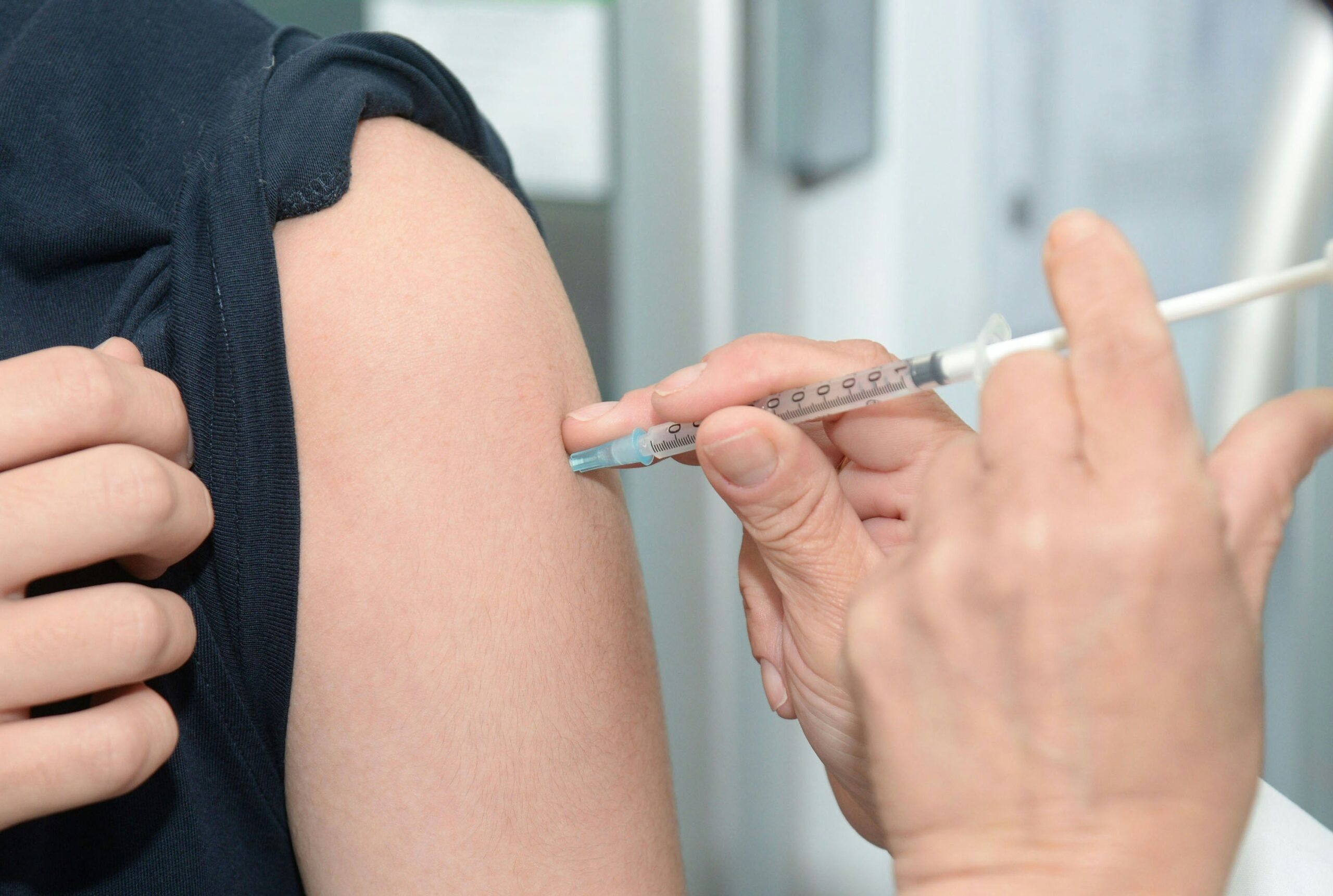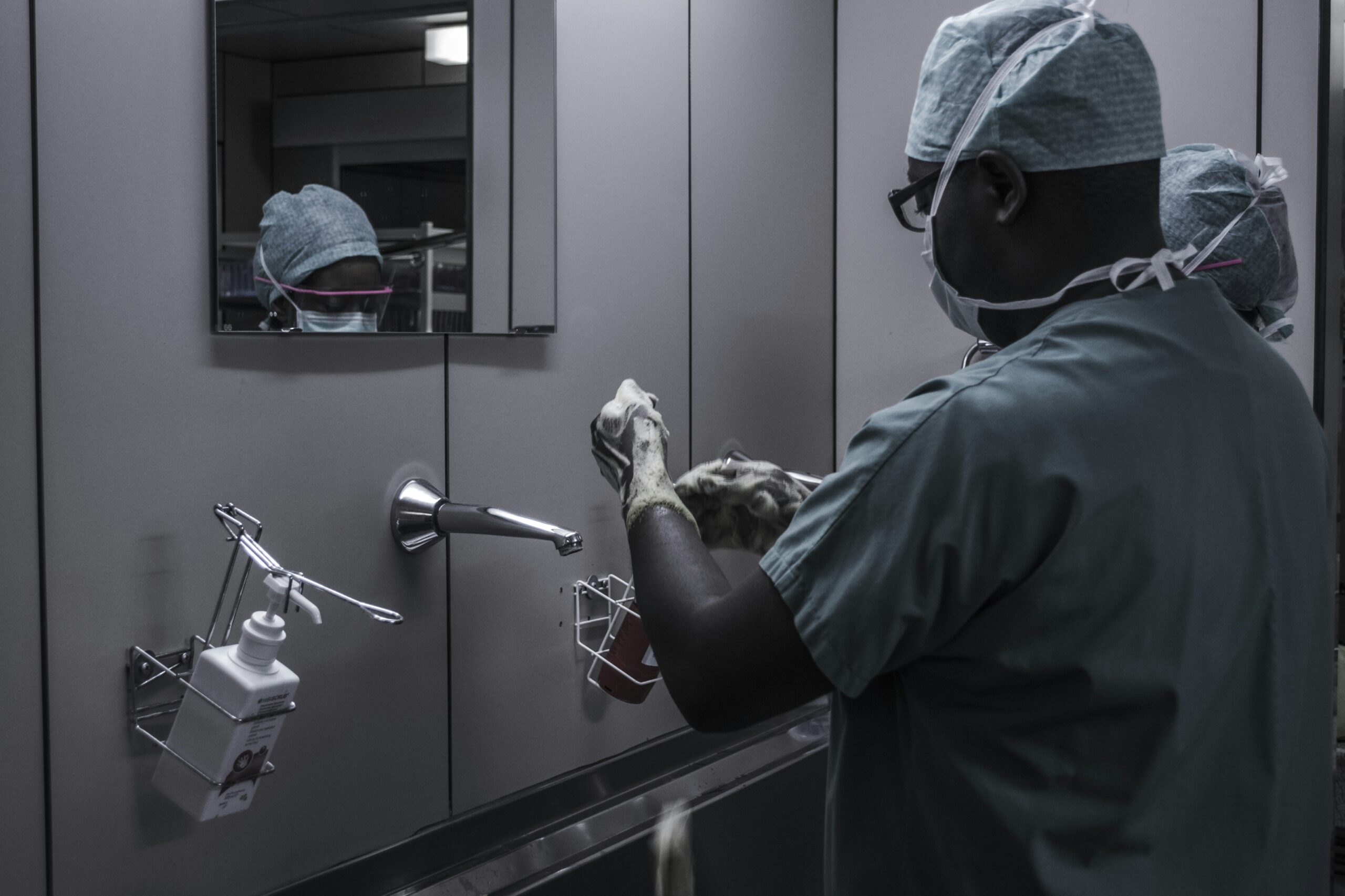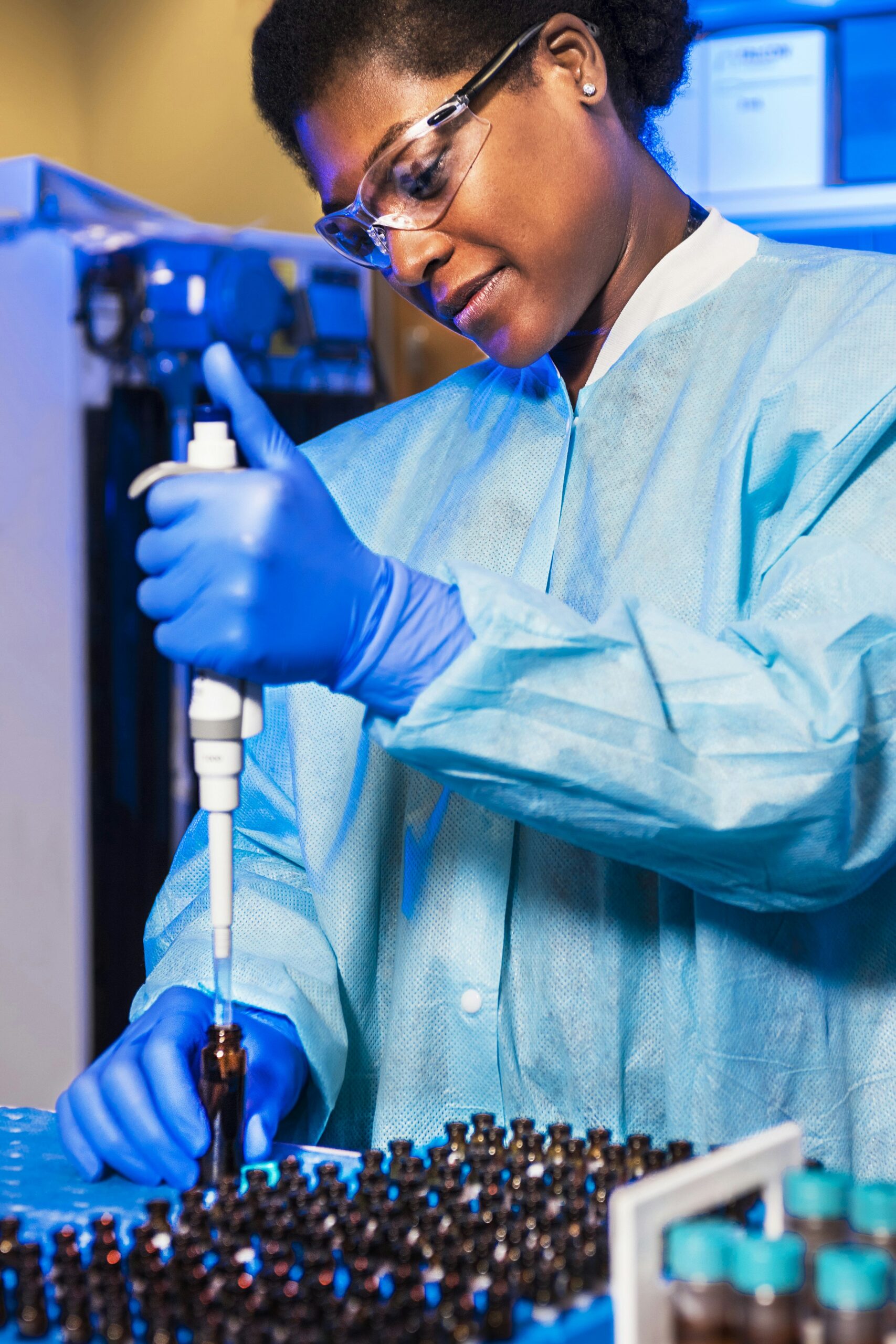Have you ever wondered about the exact location of the prostate? Well, today we are going to shed some light on this intriguing question. The prostate, a small gland that plays a crucial role in male reproductive health, is situated just below the bladder and in front of the rectum. Its specific spot can be found between the pubic bone and the rectum, making it accessible to healthcare professionals for examination and treatment purposes. Familiarizing ourselves with the location of this vital organ can help us better understand its function and the potential issues that may arise. So, let's dive into the fascinating world of the prostate and explore its specific spot together.
Understanding the Anatomy of the Male Reproductive System
The male reproductive system is an intricate network of organs and tissues that work together to produce and deliver sperm for reproduction. Understanding the anatomy of the male reproductive system is essential for maintaining good reproductive health. It is important to know the role and function of each component and how they interact with each other.
Role and function of the male reproductive system
The primary role of the male reproductive system is to produce, nourish, and transport sperm. It also plays a crucial part in sexual function, producing hormones that influence sexual development and libido. The male reproductive system works in coordination with the female reproductive system to ensure the survival of the human species through reproduction.
Major components of the male reproductive system
The male reproductive system consists of several major components, each with its own unique function. These include the testes, epididymis, vas deferens, seminal vesicles, prostate gland, and penis. While all these components work together, the focus of this article will be on understanding the prostate gland and its significance within the male reproductive system.
Defining the Prostate Gland
The prostate gland is a small, walnut-shaped organ that forms an integral part of the male reproductive system. It is located just below the bladder, surrounding the urethra – the tube that carries urine and semen out of the body. The prostate gland plays a crucial role in reproductive and urinary functions and is often a focal point for various health conditions.
Relationship of the prostate with the male reproductive system
The prostate gland is closely related to the male reproductive system due to its involvement in the production and storage of semen. Semen, which contains sperm and various fluids, is responsible for nourishing and transporting sperm during ejaculation. Without the prostate gland, the semen would lack essential components necessary for successful fertilization.
Physical characteristics of the prostate gland
In terms of physical characteristics, the prostate gland is roughly the size of a walnut, measuring around 3-4 centimeters in diameter. It is composed of both glandular and muscular tissues. The glandular tissue produces the fluids that make up a significant portion of semen, while the muscular tissue helps with the expulsion of semen during ejaculation.

Functions of the Prostate Gland
The prostate gland serves multiple functions that are essential for reproductive and urinary health in males. It contributes to semen production and also plays a role in urine control.
Prostate's role in semen production
One of the primary functions of the prostate gland is to produce a milky fluid that forms a major component of semen. This fluid helps nourish and protect sperm, increasing their chances of reaching and fertilizing an egg. Without the prostate gland's contribution, the viability and effectiveness of sperm would be compromised.
Prostate's role in urine control
In addition to its involvement in semen production, the prostate gland also plays a role in urine control. Its position around the urethra allows it to exert pressure on the urinary passage, helping to regulate the flow of urine. This mechanism prevents urine from mixing with semen during ejaculation, ensuring the proper functioning of both reproductive and urinary systems.
Location of the Prostate Gland
Understanding the location of the prostate gland within the male body is crucial for various medical purposes, including examinations, procedures, and the diagnosis of prostate-related conditions.
Positioning of the prostate in the male body
The prostate gland is situated just below the bladder, in front of the rectum. It is positioned in a way that allows it to encircle the urethra, the tube responsible for passing urine and semen out of the body. This proximity to both the rectum and the bladder puts the prostate gland in a unique position to interact with and influence the function of these neighboring organs.
Relation of the prostate gland with other organs
The prostate gland shares spatial relationships with several other organs within the male reproductive and urinary systems. It is surrounded by the seminal vesicles, which contribute additional fluids for semen production. The bladder, situated above the prostate gland, stores urine before it is expelled. Additionally, the rectum lies behind the prostate gland, making it an accessible reference point for certain medical examinations.

Anatomical References for Prostate Location
Healthcare professionals use specific anatomical references to locate the prostate gland accurately. These references are vital for ensuring successful and accurate medical procedures targeting the prostate.
Prostate location in relation to the rectum
The prostate gland can be palpated or examined by inserting a finger into the rectum. Through this rectal examination, healthcare providers can feel the size, shape, and consistency of the prostate. By assessing the prostate's characteristics, medical professionals can detect abnormalities or signs of potential diseases.
Prostate location in relation to the urinary bladder
Visualizing the location of the prostate gland in relation to the urinary bladder is crucial for various procedures and treatments. Imaging techniques such as ultrasound, computed tomography (CT) scans, and magnetic resonance imaging (MRI) allow medical professionals to accurately see the position and size of the prostate gland in relation to the bladder.
Prostate location in relation to the pelvic bone
Another reference point for locating the prostate gland is its proximity to the pelvic bone. The prostate sits just above the pelvic bone, allowing doctors to estimate its location by performing external examinations or imaging techniques.
How to Locate the Prostate Gland
Locating the prostate gland is an essential aspect of prostate examinations, diagnosis, and treatment of prostate-related conditions. There are both non-invasive and invasive methods for determining the location of the prostate gland.
Non-invasive methods for prostate location
Non-invasive methods for identifying the location of the prostate gland include imaging techniques such as ultrasounds, CT scans, and MRI scans. These non-invasive methods provide detailed images that help healthcare professionals locate and assess the size and condition of the prostate gland without the need for surgical intervention.
Invasive methods for prostate location
In certain cases, invasive methods may be necessary to precisely locate the prostate gland. These methods often involve the use of surgical instruments, such as a cystoscope or endoscope, to access the prostate internally and directly visualize its position. Invasive procedures are often more accurate but carry slightly higher risks and may require anesthesia or sedation.

Prostate Diseases and Conditions
The prostate gland is susceptible to various diseases and conditions that can impact its structure, function, and overall health. It is important to be aware of these potential health issues to understand the importance of maintaining prostate health.
Common diseases affecting the prostate
Some of the most common diseases affecting the prostate gland include benign prostatic hyperplasia (BPH), prostate cancer, prostatitis, and prostate infections. BPH is characterized by an enlargement of the prostate gland, often causing urinary symptoms. Prostate cancer is the abnormal growth of cells in the prostate gland and is one of the leading male cancers worldwide. Prostatitis involves inflammation of the prostate, while prostate infections can result from bacterial or viral infections.
Consequences of prostate disorders
Prostate diseases and conditions can have significant consequences on a man's overall health and quality of life. These conditions can cause urinary difficulties, sexual dysfunction, pain, discomfort, and in severe cases, even life-threatening complications. Timely detection, diagnosis, and treatment play a crucial role in managing prostate disorders effectively and minimizing their impact on a man's well-being.
Importance of Knowing Prostate Location
Understanding the location of the prostate gland holds great importance for both medical professionals and individuals. It aids in proper diagnosis, treatment planning, and overall awareness of prostate health.
Importance in medical diagnosis
Accurate knowledge of the prostate gland's location allows physicians to conduct thorough examinations, imaging studies, and biopsies. This knowledge helps in detecting and diagnosing prostate disorders promptly, leading to better treatment outcomes and improved patient care.
Understanding signs and symptoms of prostate disease
Knowing the location of the prostate gland helps individuals become more aware of the signs and symptoms that may indicate a potential problem. Increased urinary frequency, difficulty urinating, blood in the urine or semen, erectile dysfunction, and pelvic pain are possible symptoms of prostate diseases. Recognizing these signs and seeking medical attention can lead to earlier detection and timely intervention, improving the chances of successful treatment.
Understanding Prostate Examinations
Prostate examinations play a crucial role in monitoring prostate health and detecting potential issues. These examinations are important preventive measures that can save lives through early detection and intervention.
Purpose of a prostate examination
The primary purpose of a prostate examination is to assess the size, shape, and condition of the prostate gland. It involves both non-invasive examinations, such as digital rectal examinations (DRE), and further investigative procedures, such as prostate-specific antigen (PSA) blood tests and biopsies. These examinations help detect abnormalities and provide valuable information for the diagnosis and management of prostate diseases.
Common procedures for prostate examination
Prostate exams typically involve a combination of non-invasive and, if necessary, invasive procedures. Digital rectal examinations are a non-invasive method where a gloved finger is inserted into the rectum to feel the prostate gland. PSA blood tests assess the levels of a specific protein produced by the prostate gland and can indicate potential issues. If a problem is suspected, biopsies may be performed to obtain tissue samples for further analysis.
Preparation for a prostate examination
Preparing for a prostate examination involves discussing potential procedures with a healthcare professional, understanding the purpose of each test, and following any specific instructions provided. It is important to communicate openly with the healthcare provider and address any concerns or questions regarding the examination process.
Myths and Misunderstandings about the Prostate Gland
Unfortunately, there are several myths and misunderstandings surrounding the prostate gland that can lead to misinformation and unnecessary fear. Dispelling these myths is essential for promoting accurate knowledge and proactive healthcare.
Common misconceptions about the prostate gland
One common misconception is that prostate problems only affect older men. While age is a risk factor, prostate diseases can occur in men of any age. Additionally, many believe that all prostate problems are cancerous, which is untrue. There are various non-cancerous conditions that can impact the prostate gland. Another misconception is that regular prostate exams are unnecessary; however, early detection and timely intervention can greatly improve treatment outcomes.
Dispelling myths about prostate health
Education and awareness are key to dispelling myths and promoting accurate information about prostate health. Regular check-ups, maintaining a healthy lifestyle, engaging in open discussions with healthcare providers, and being aware of the signs and symptoms of potential problems can greatly contribute to the overall well-being of the prostate gland.
In conclusion, understanding the anatomy of the male reproductive system, specifically the prostate gland, is crucial for maintaining good reproductive and urinary health. Knowing the location, function, and potential diseases associated with the prostate gland allows for early detection, timely intervention, and appropriate treatment. By dispelling myths and promoting accurate knowledge, individuals can take proactive steps in caring for their prostate health and promoting a better quality of life.

